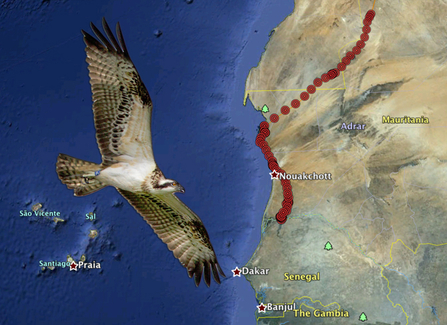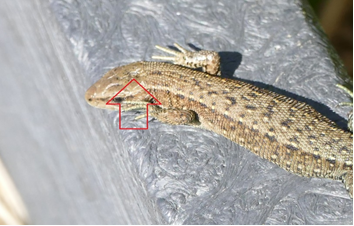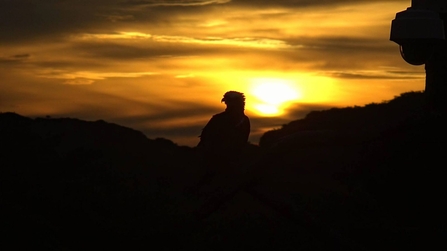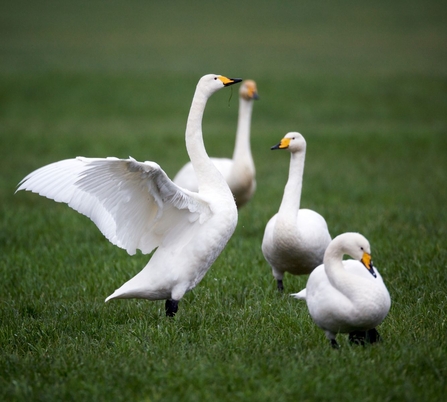In 2019, are we now in a position to answer one of the trickiest questions regarding osprey migration?
The majority of the questions we get asked at the beginning of each season follow a similar theme. The annual migration our ospreys undertake each season is a topic of fascination to everyone, largely due to the mystery surrounding it. How do they know where to go? And when?
We all love a story of unknown lands, resilience against hardship and adversity; the journeys these amazing animals take capture the spirit of this perfectly.
Ceulan wings his way to Senegal in 2012




